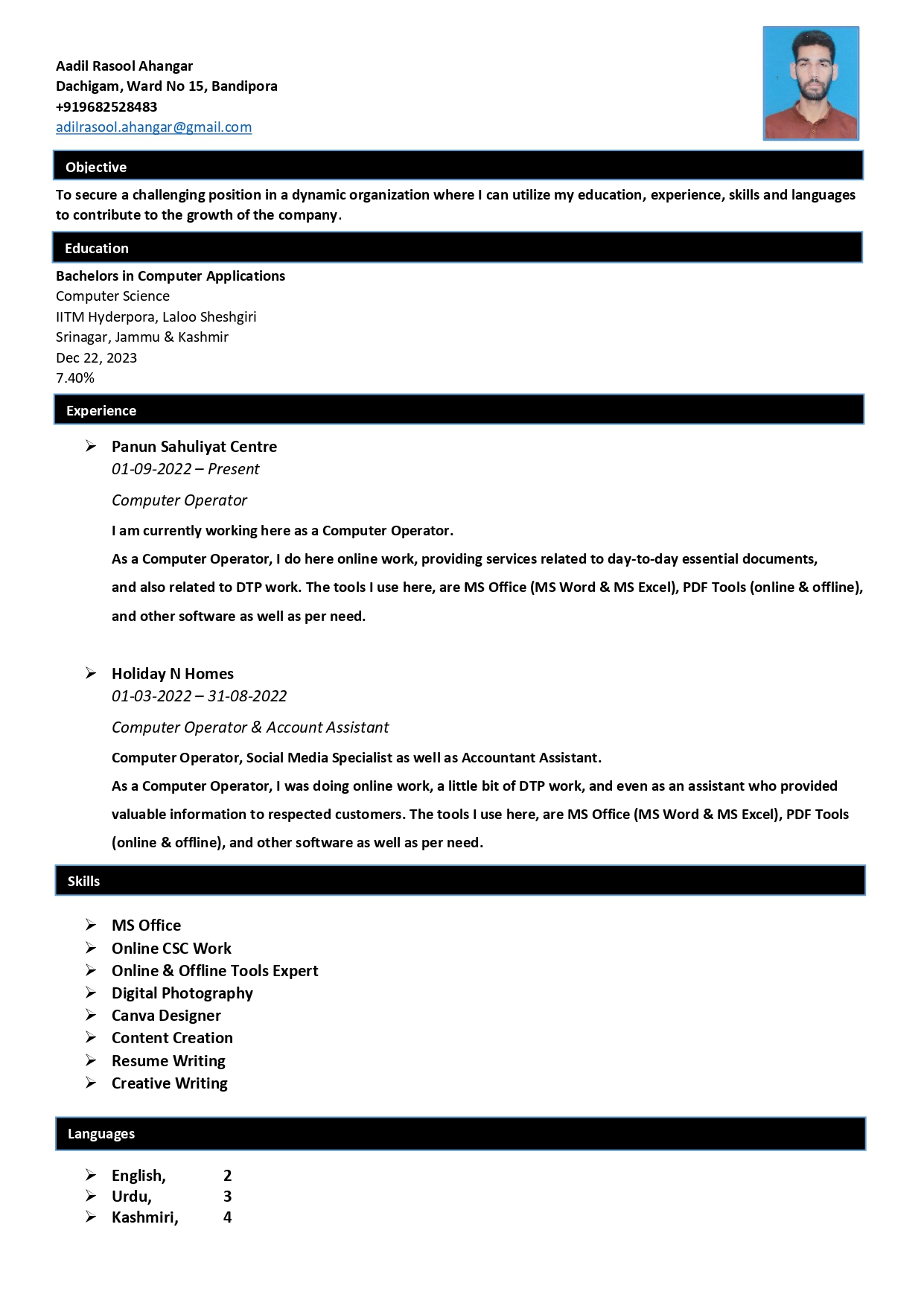Resume Building in 2023
 Aadil Rasool Ahangar | 👨💻
Aadil Rasool Ahangar | 👨💻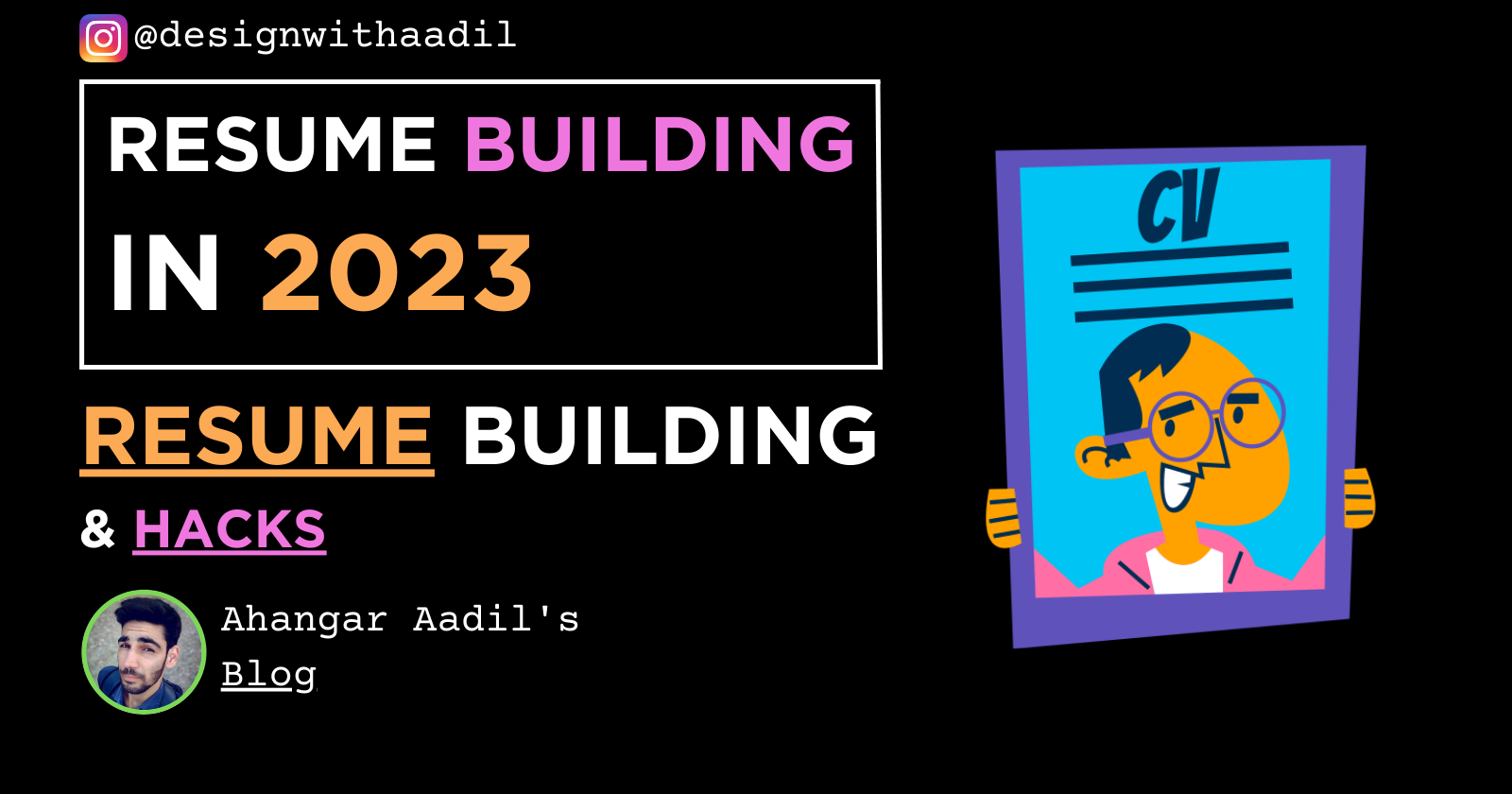
A detailed step-by-step guide for beginners.
Here is a structured outline of my Resume Building blog,
Structured Outline ...
What is a Resume?
Difference between Basic & Intermediate (Resume)
Step by Step guide (How to write a Resume?)
"A resume is a document that provides a summary of an individual's education, work experience, skills, achievements, and other relevant information. It is usually the first point of contact between a job applicant and a potential employer and is designed to persuade the employer to invite the applicant for an interview."
What is a Resume?
Resume: In simple words, a resume is a day-to-day document, which is in
DOCX (file format) and as well as in PDF (file format), starting with the personal bio-data, Objective, Education, Experience, Skills, Languages, & other relevant information that can help them get a job.
Personal Bio-data: Personal bio-data is an essential part of a resume, which includes personal information such as name, address, phone number, and email address.
Objective: The objective statement in a resume is a brief statement that explains your career goals and the type of job or position you are seeking.
Education: Education in a resume refers to the section where the candidate lists their educational qualifications.
Experience: Experience in a resume refers to the section where the candidate lists their previous work experiences. This section typically includes the job title, company name, dates of employment, and a summary of the candidate's responsibilities and achievements in each role.
It is one of the most important parts of a resume.Skills: Skills in a resume refer to the section where the candidate lists their relevant abilities, competencies, and qualifications that demonstrate their suitability for the job they are applying for.
➡This section typically includes technical skills, soft skills, and other abilities that are relevant to the job.
1. Technical Skills | Technical skills refer to the specific abilities or knowledge required for the job, such as proficiency in a particular software program or coding language. |
2. Soft Skills | Soft skills, on the other hand, refer to personal attributes and interpersonal skills that can help the candidate excel in the workplace, such as communication, teamwork, leadership, or problem-solving. |
- Languages: Languages in a resume refer to the section where the candidate lists their proficiency in different languages. This can include both spoken and written languages.
Proficiency in multiple languages can be an important asset in today's global economy, particularly in industries such as international business, tourism, and translation. It can also be a valuable asset in companies with a diverse workforce or international clients.
This can be described using standardized measures such as the
Common European Framework of Reference for Languages (CEFR) or the Interagency Language Roundtable (ILR) scale.
➡Common descriptors for language proficiency include:
1. Elementary proficiency | 2. Limited working proficiency |
3. Professional working proficiency | 4. Full professional proficiency |
5. Native or bilingual proficiency | 6. Etc. |
- Optional sections: Depending on the individual's experience and qualifications, they may choose to include additional sections such as volunteer experience, professional development, certifications, or awards and honours.
Tap to know more about a Resume ↙
Difference between Basic & Intermediate (Resume)
Here is a brief difference between a basic resume & Intermediate resume:
Basic Resume: A basic resume is a straightforward document that outlines a candidate's qualifications and experiences.
Intermediate Resume: An intermediate resume is more comprehensive and detailed, typically aimed at candidates with several years of work experience. An intermediate resume may include additional sections such as certifications, projects, volunteer work, and professional memberships, and may have a more detailed work experience and education section.
👉 Want to read in a detailed manner, tap here.
Step by Step guide
(How to write a Resume?)
Here is a detailed step-by-step guide:
First things first, let me tell you the two main key points before we jump inside the MS Word tool and start to craft our Resume ...
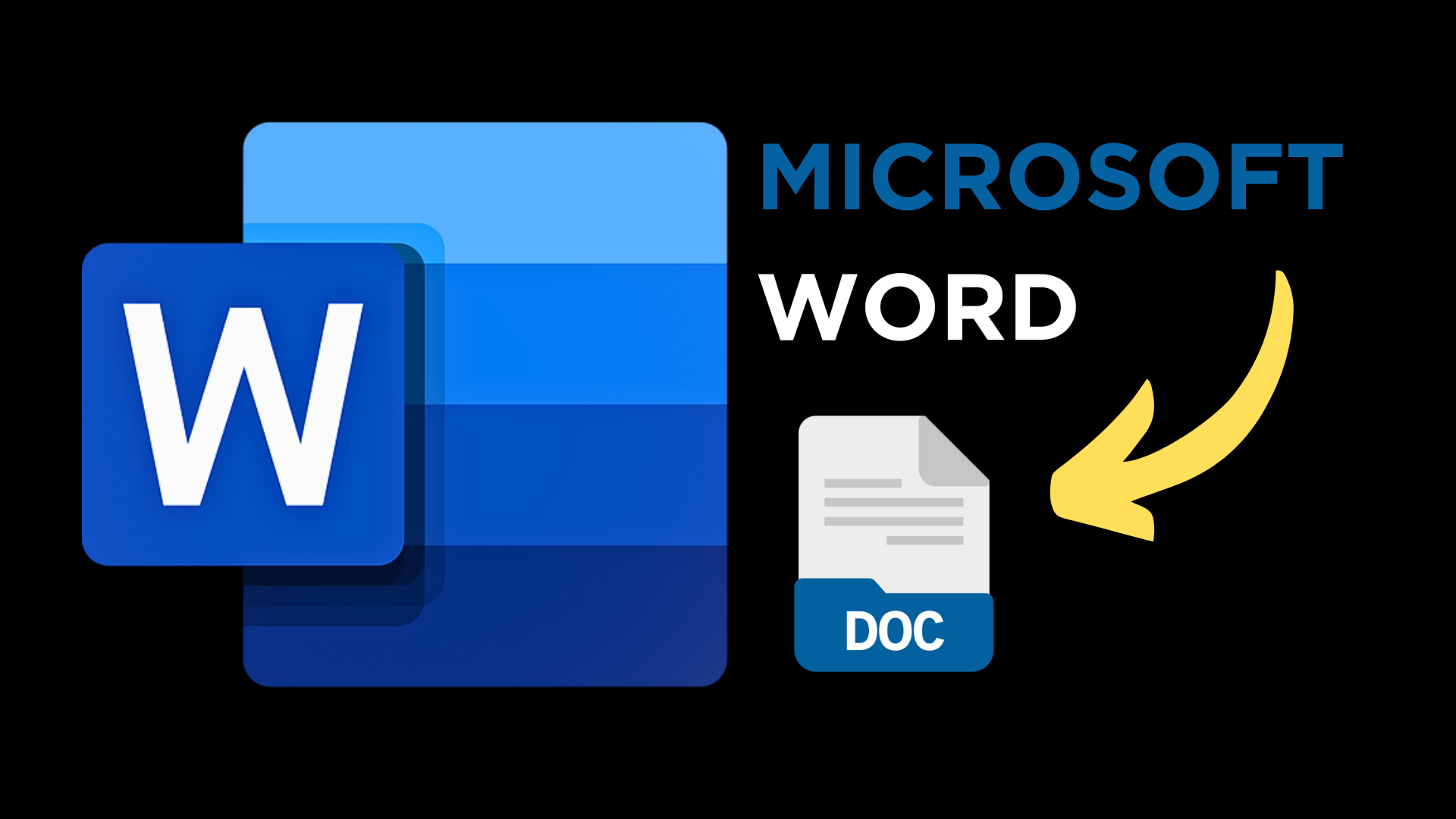
Research the Job: Before you start writing your resume, research the job you're applying for and the company you're applying to. This will help you tailor your resume to the specific job and demonstrate the qualifications and experiences that are most relevant to the position.
Choose a Format: Choose a format that best highlights your qualifications and experiences. A chronological resume lists your work experiences in reverse chronological order, while a functional resume highlights your skills and accomplishments without focusing on specific job titles or employers.
💻Inside the MS Word tool:
- Write a Header: Include your name, phone number, email address, and LinkedIn profile (if applicable) at the top of your resume.
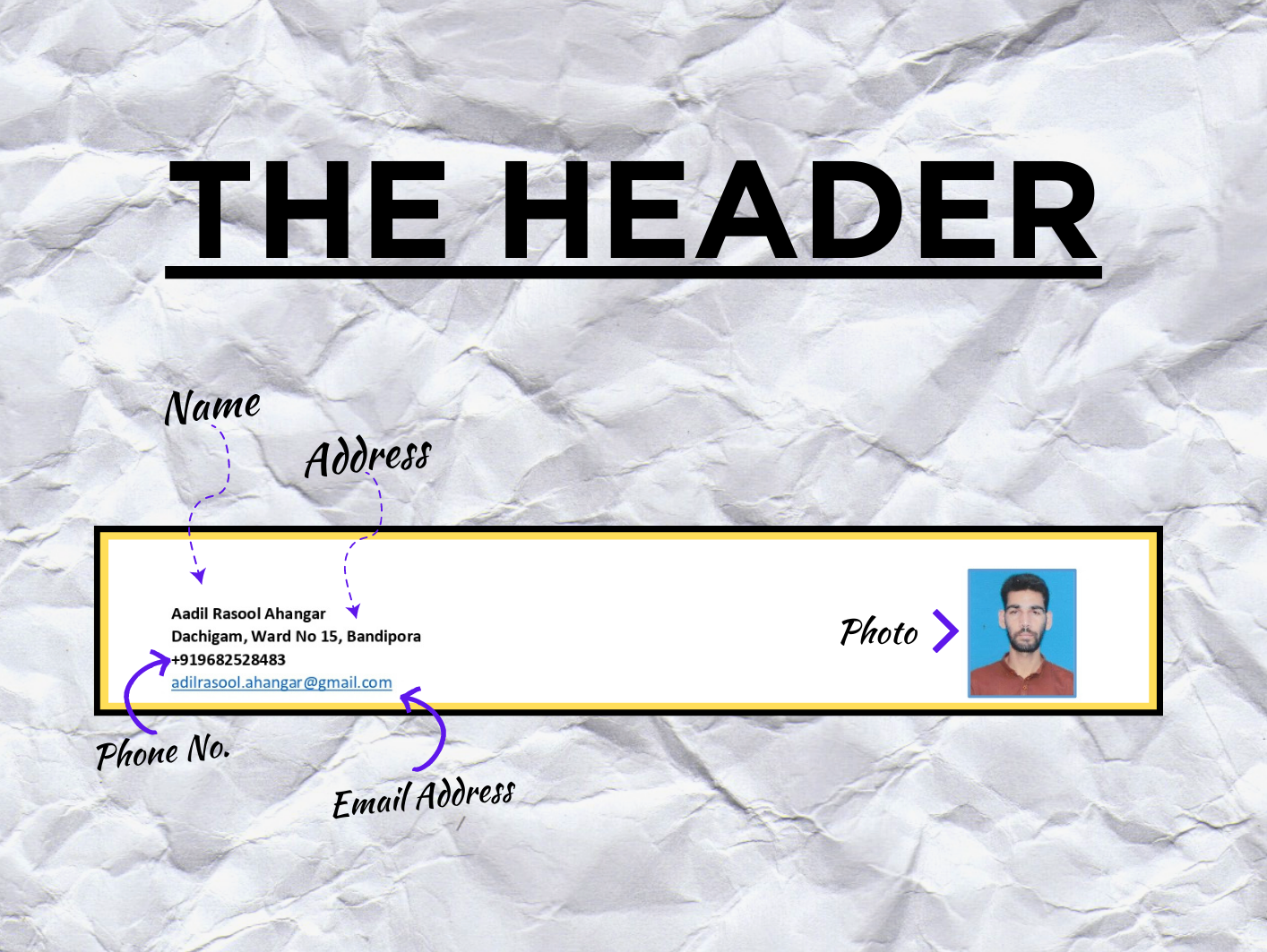
- Write a professional summary: A professional summary is a brief statement that summarizes your qualifications and experiences, tailored to the specific job you're applying for.

- List your work experiences: List your previous work experiences, starting with the most recent one, including the job title, company name, dates of employment, and key responsibilities and achievements.
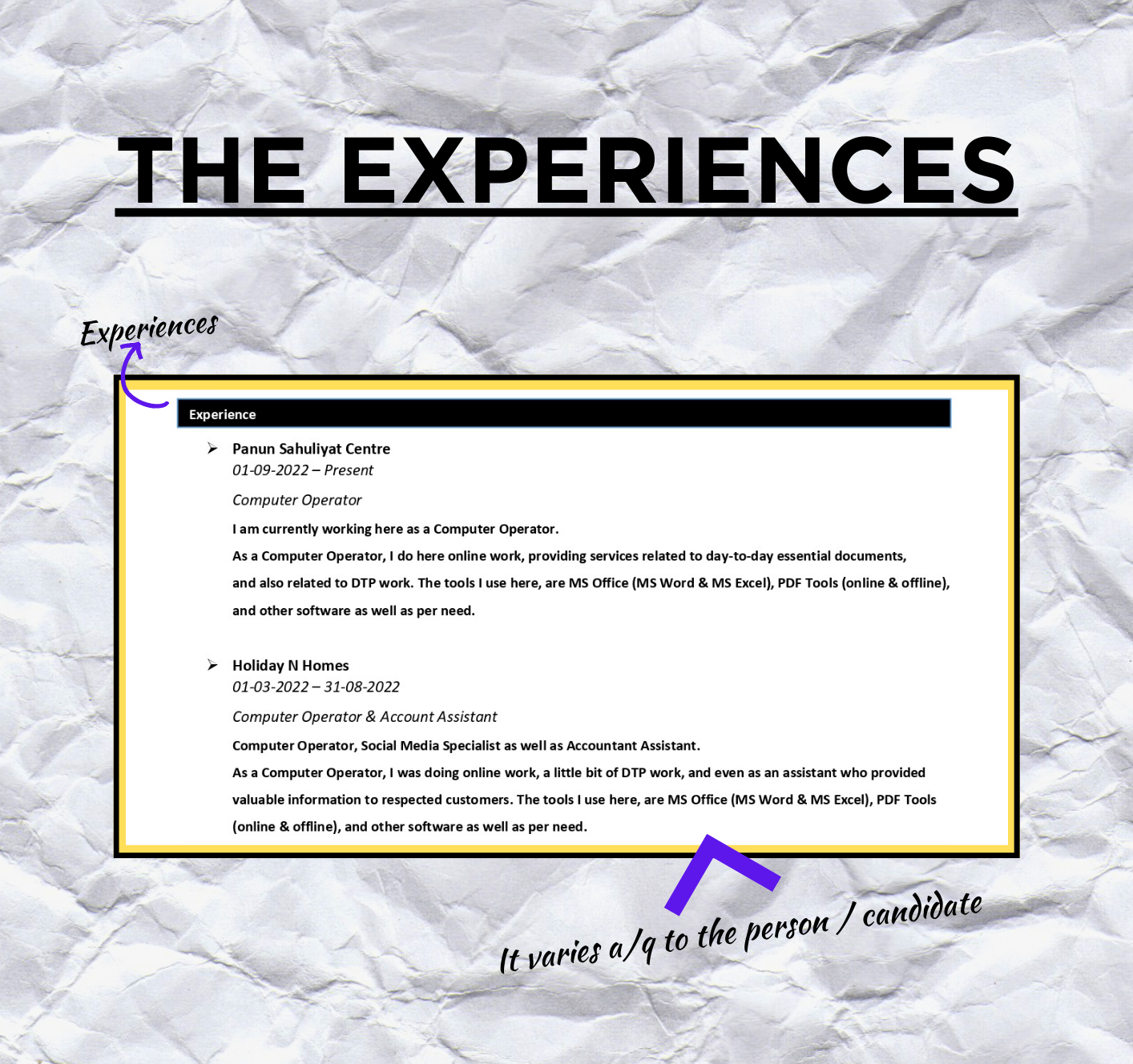
- List your education: List your educational qualifications, including the degree(s) earned, the institution(s) attended, and the dates of attendance.
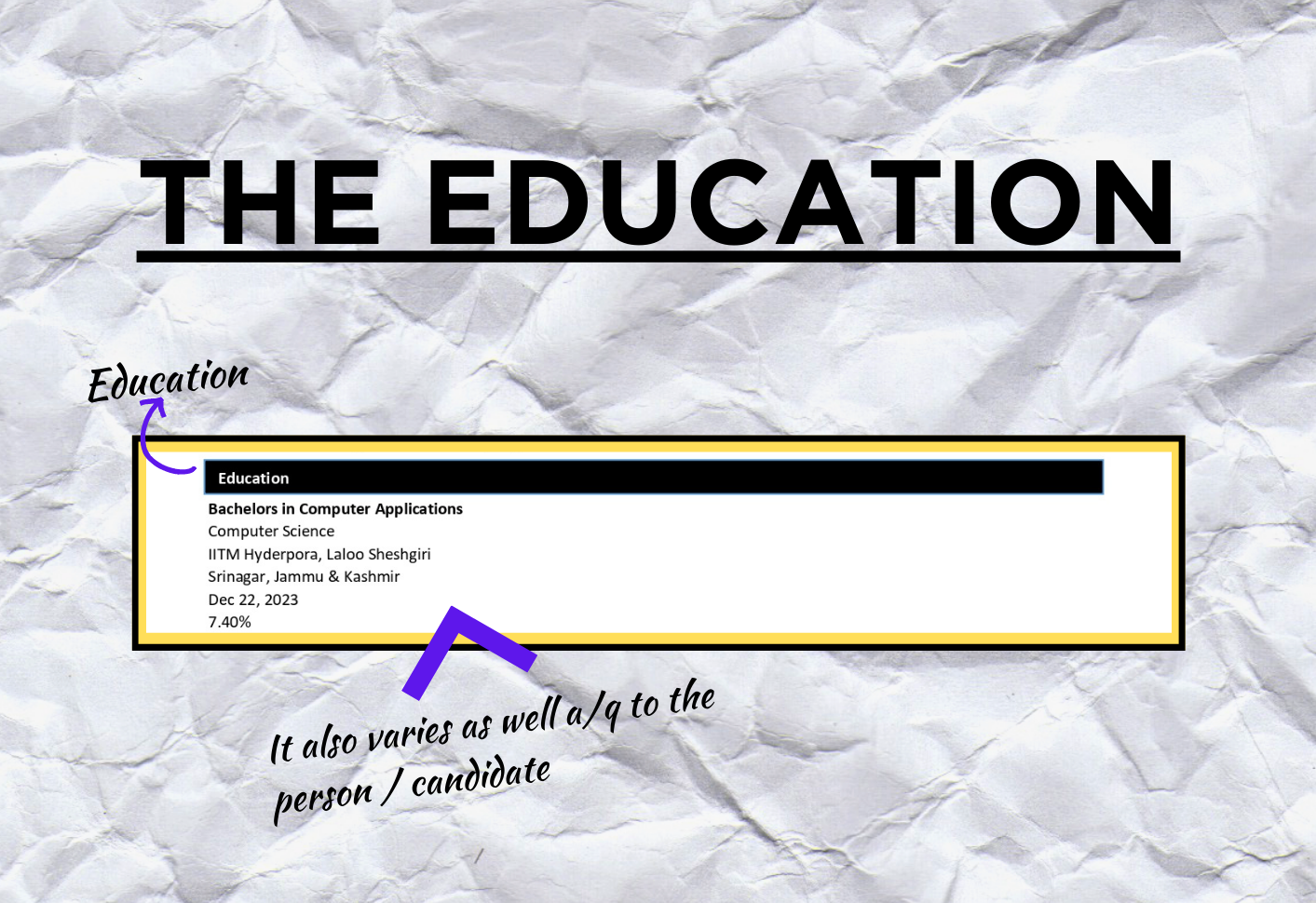
- List your skills: List your relevant skills and abilities, such as language proficiency, technical expertise, or soft skills like communication or leadership.
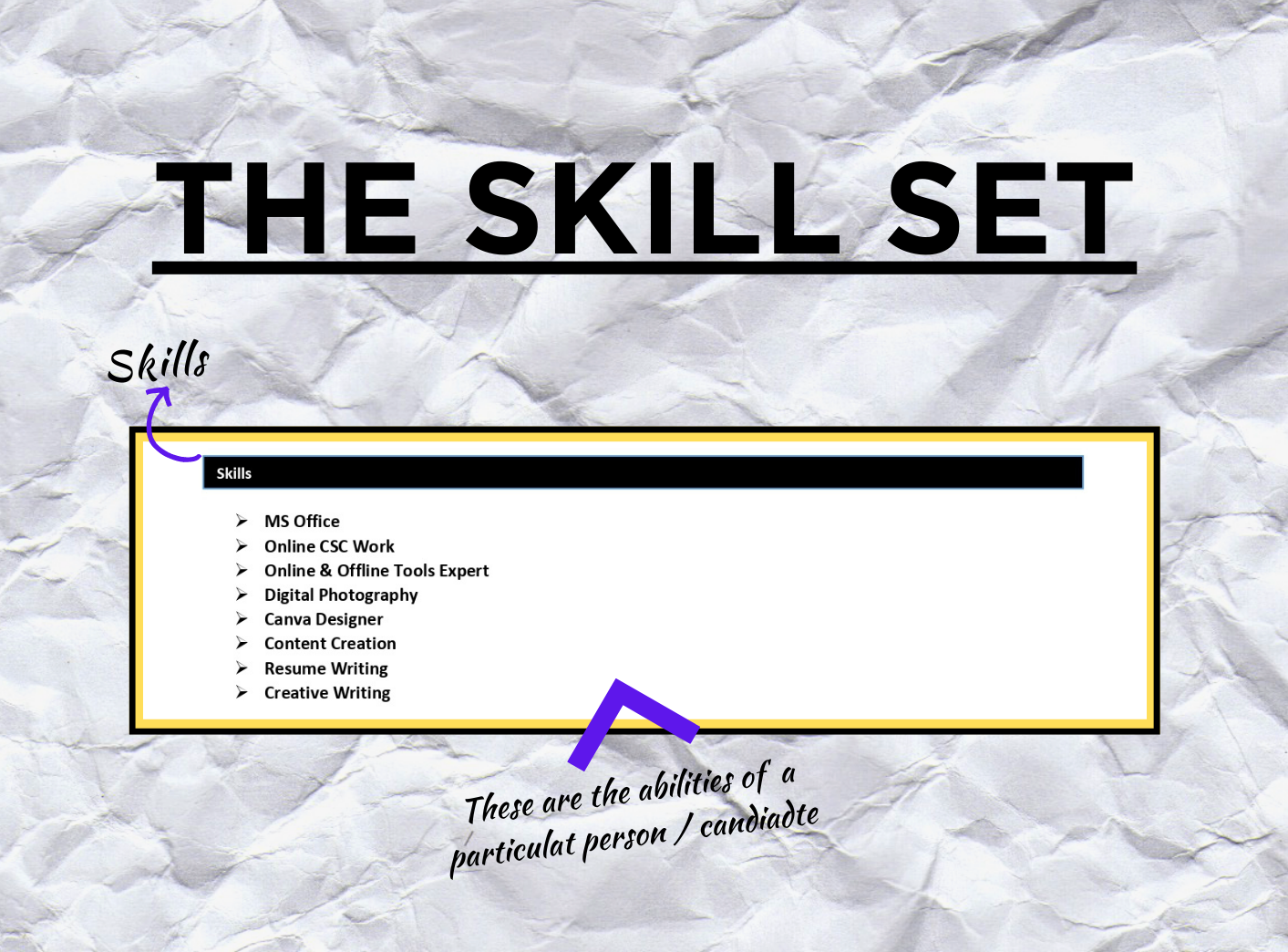
Add any additional sections: Depending on the job you're applying for, you may want to include additional sections, such as certifications and licenses, projects, volunteer work and extracurricular activities, or professional memberships.
Edit and proofread: Edit and proofread your resume carefully, checking for spelling and grammar errors, formatting consistency, and accuracy of information.
Tailor your resume: Finally, tailor your resume to the specific job you're applying for, highlighting the skills and experiences that are most relevant to the position.
Conclusion
Why it should be concise and well-organized?
🔗 Social Links (Let's connect):
▶ Instagram: https://instagram.com/ahangar_aadil?u...
▶ LinkedIn: https://www.linkedin.com/in/ahangaraa...
▶ Telegram: t.me/ahangaraadil
▶ Facebook: https://www.facebook.com/ahangaraadil...📌Resume aka CV (ongoing ...)
▶ Google Drive Link: https://drive.google.com/file/d/15QBZfoyvXzwGJoIn9cqfVkLl757IWNCX/view?usp=share_link
Subscribe to my newsletter
Read articles from Aadil Rasool Ahangar | 👨💻 directly inside your inbox. Subscribe to the newsletter, and don't miss out.
Written by

Aadil Rasool Ahangar | 👨💻
Aadil Rasool Ahangar | 👨💻
Documentation Handling - BCA Grad. - Geek - Front-End HTML CSS - Computer Operator - Tutor - Notion and Chat GPT User & No-Code Development.
